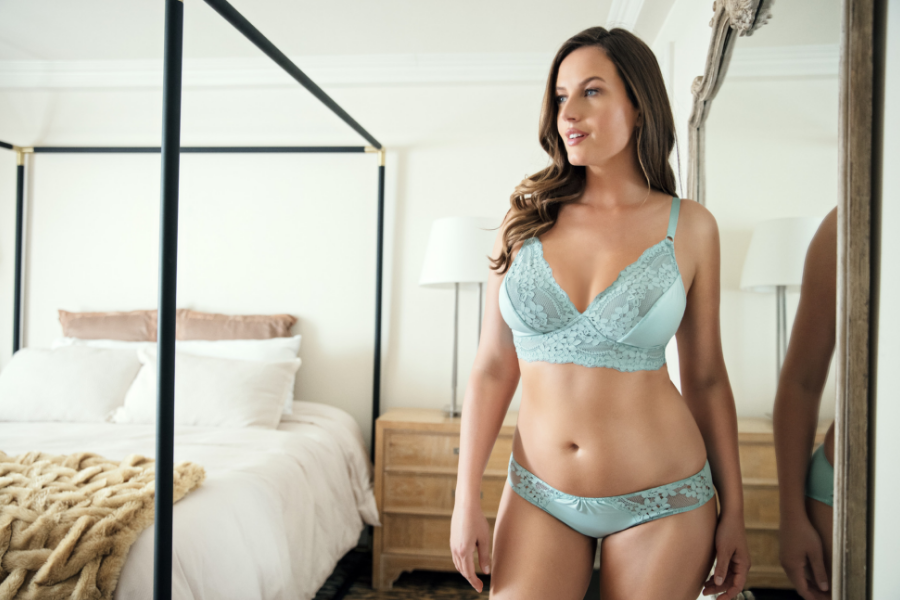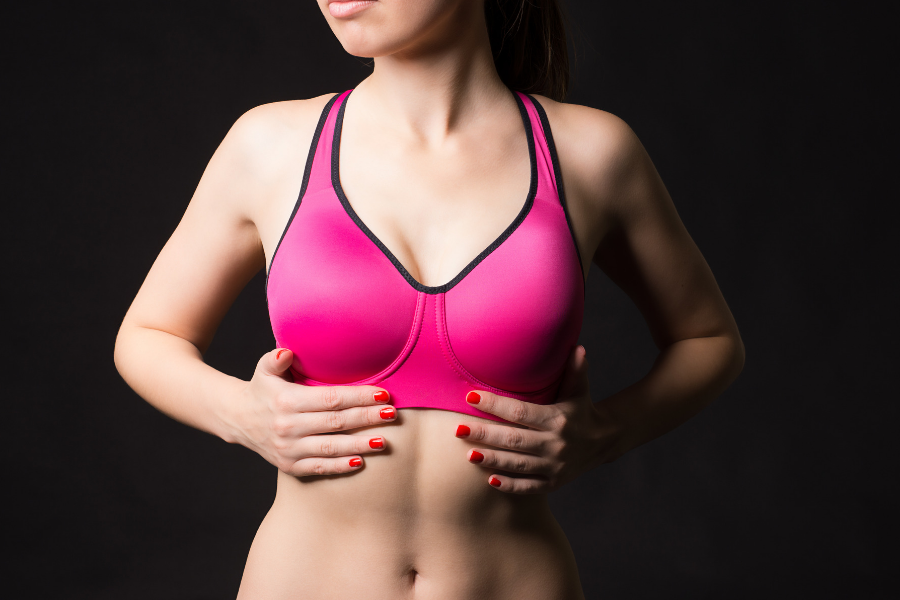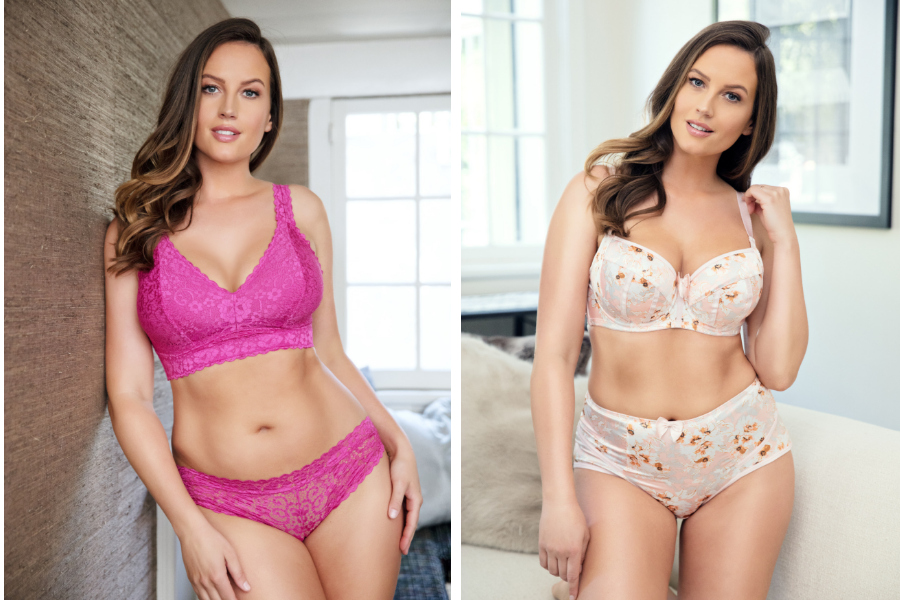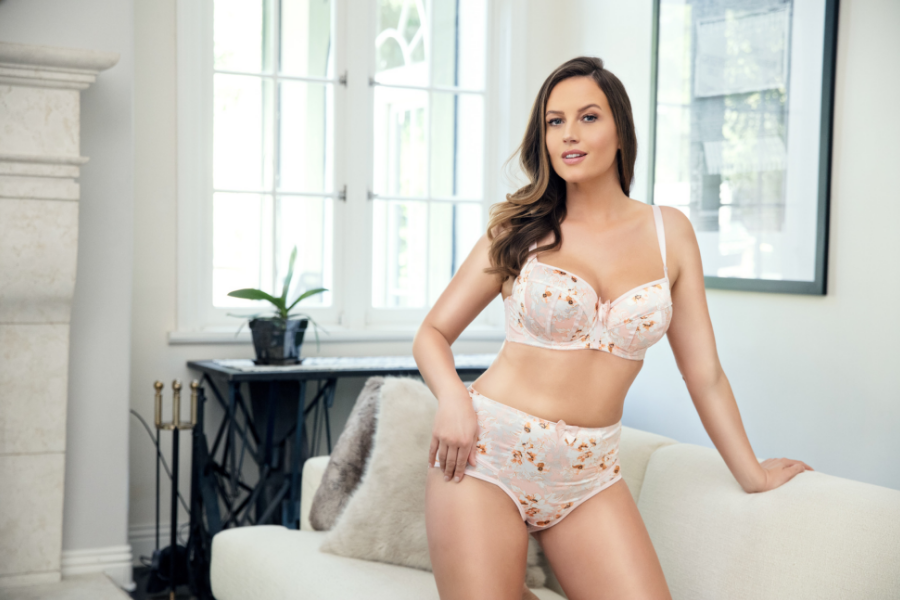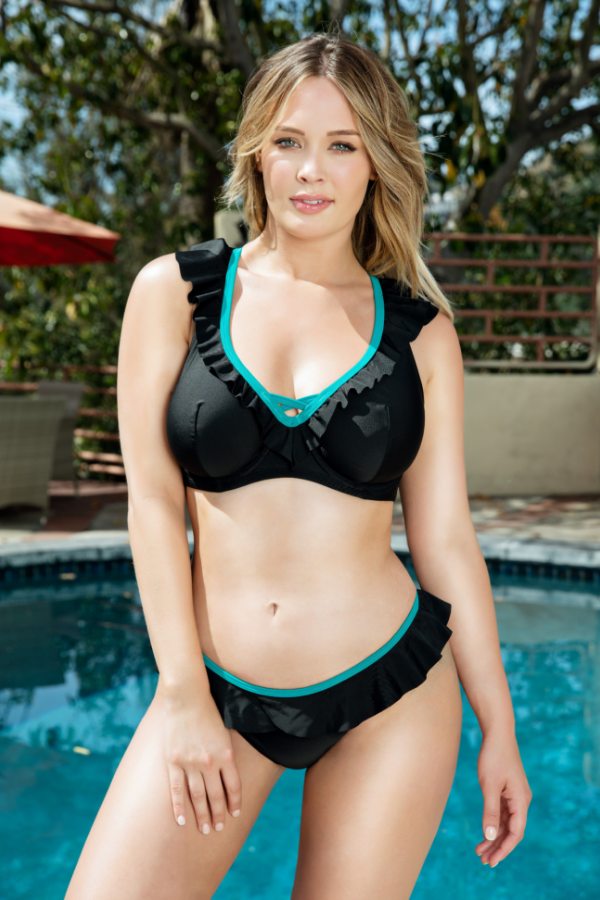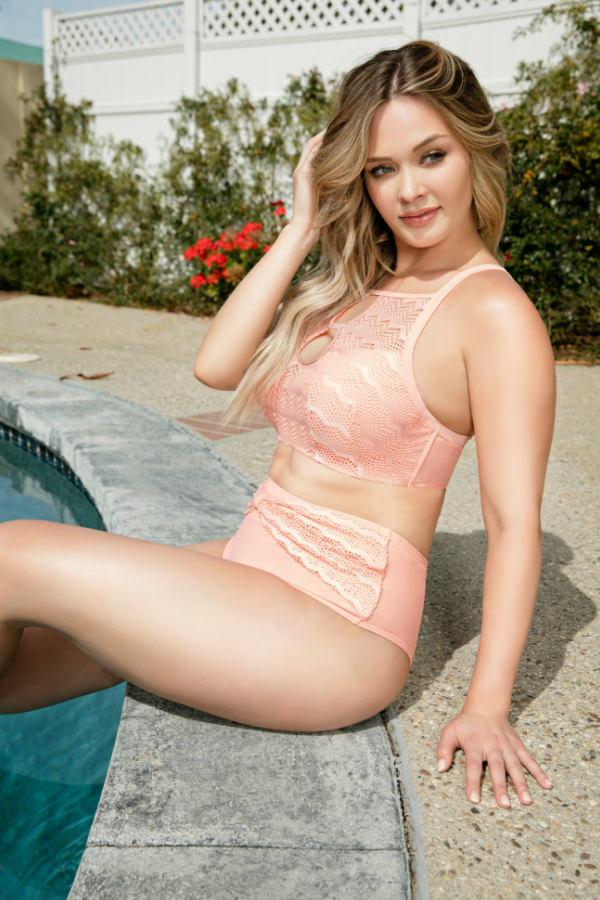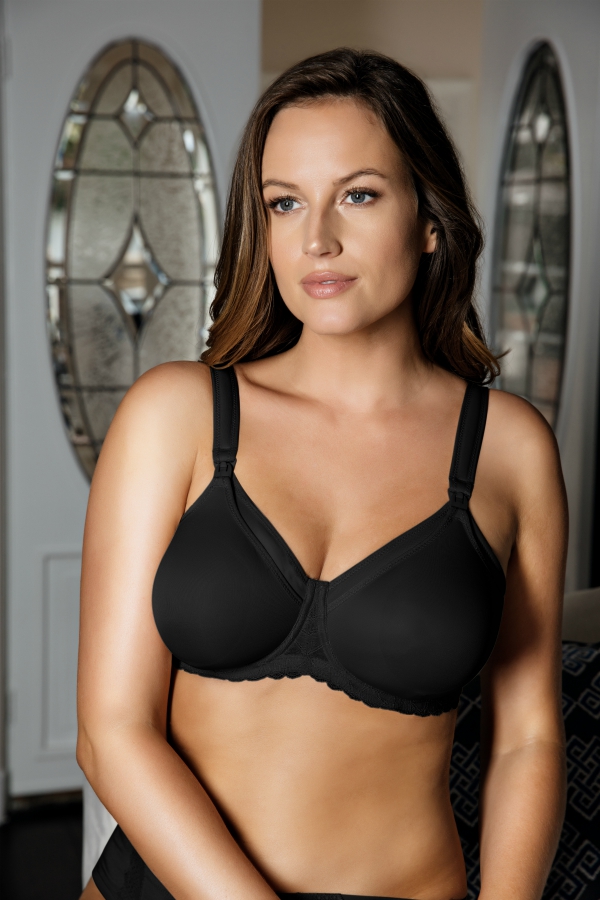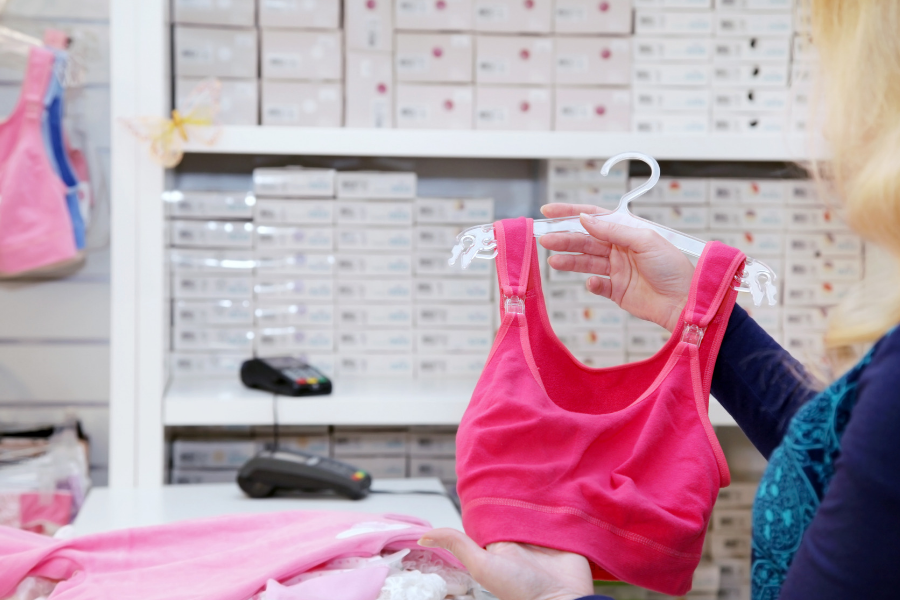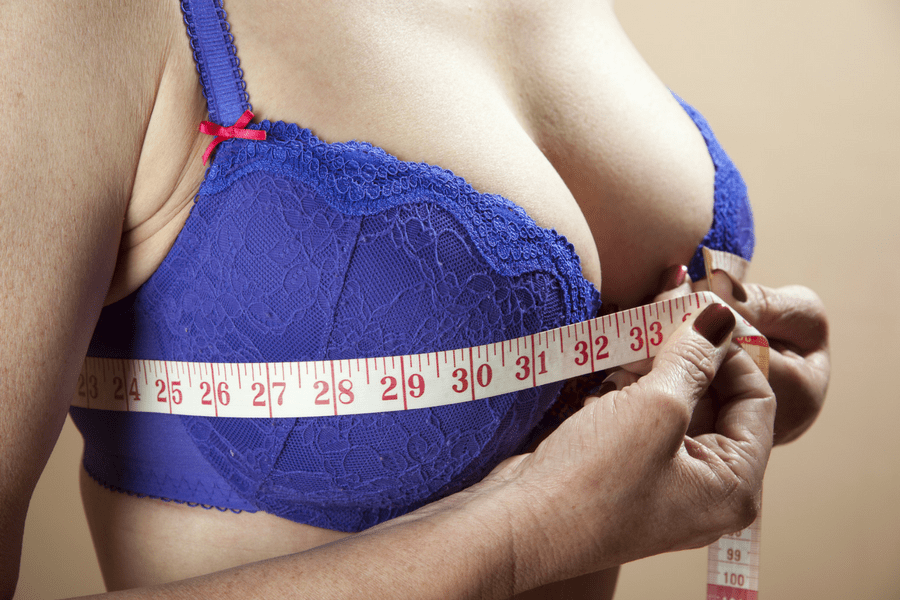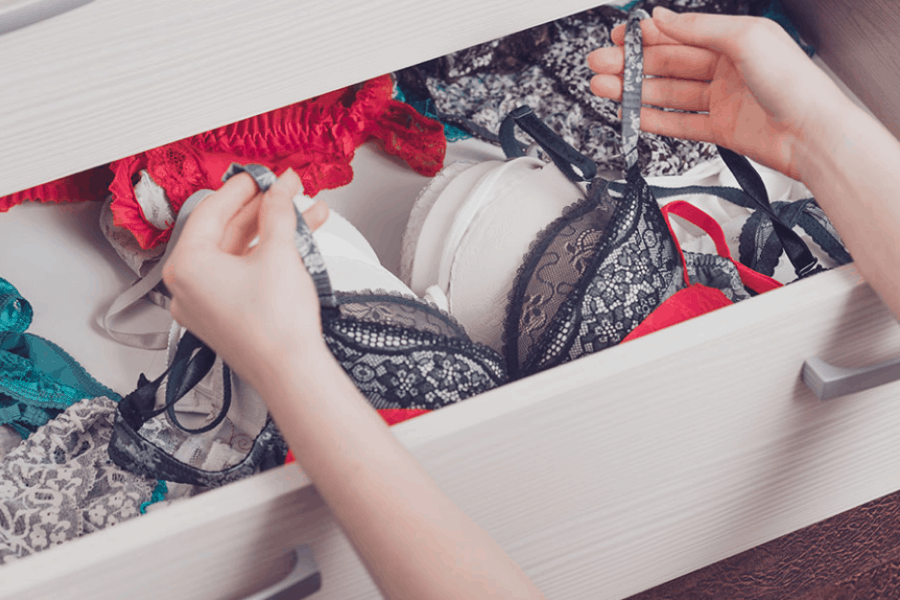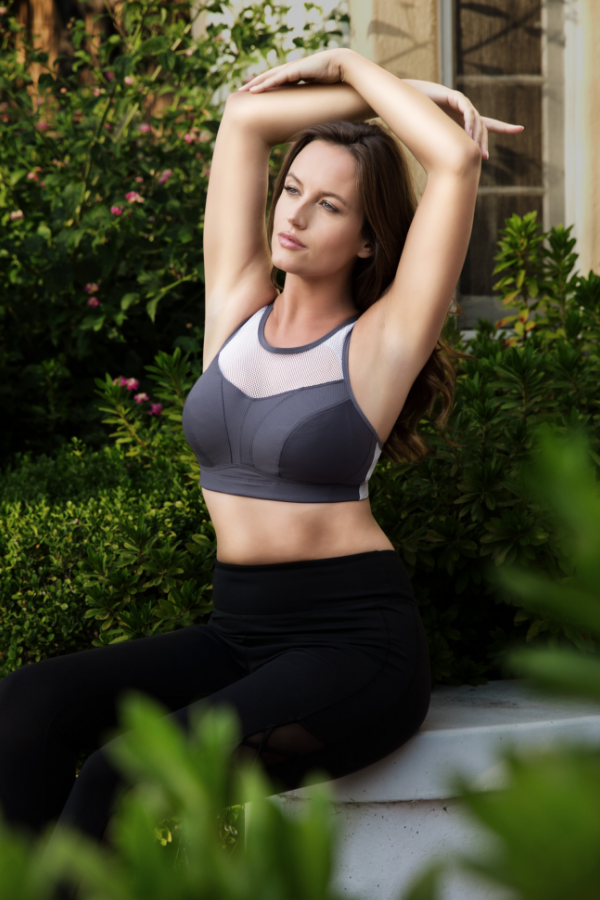So — you like to keep up with the latest trends. When block heel shoes became big, and everyone started jumping on the ombre hair bandwagon, you were well ahead of the curve. But what about when it comes to your underthings? Do you stay up to date on the latest lingerie trends?
This year, lingerie is a whole lot more than simply a base for your outfit — it’s a way of embracing your body as well as expressing your own sense of style. In fact, many ladies are opting to show off their lingerie, while also using it as a tool for enhancing their self-love. In other words, it’s high time to spruce up your bra drawer.
Here are some 2019 lingerie trends you should definitely try if you’re looking to refresh your collection:
Comfy bralettes
Comfort is everything right now in terms of lingerie — and luckily, gone are the days when you had to sacrifice style for comfort, thanks to the bralette trend. It’s all about embracing your natural breast shape while also flaunting your own personal style. Look for luxe bralettes in pretty fabrics, like lace, and with intricate details on the straps and back, if you want to let it show. Don’t be afraid to try a bralette in a fun color, either — it can create some visual intrigue peeking out from underneath a sundress, racerback tank, or off-the-shoulder top. In other words, a bralette can totally become part of your outfit, and make quite a statement. Did we mention that wire-free bralettes are also perfect for lounging around the house or sleeping in?
If you’re not ready to forfeit the wire, you can opt for an unlined bra. These non-molded bras still feel super lightweight and airy like a bralette, but provide a tad more lift and shaping.
Neon colors
In case you haven’t noticed, the ‘90s are back. So it’s no surprise that neon colors are popping up everywhere, including in the lingerie realm. There are so many ways to embrace this trend, whether with a bright pink longline bra, or a yellow Brazilian thong. Ease in by pairing a neon top or bottom with one in a neutral hue, like nude or black, and then when you’re ready to go bold, try a matching neon set. There’s something super youthful and cheerful about neon colors, and they’re especially appropriate for the summer months. Just be sure to find the right hue to complement your skin tone.
Related: How Do You Know If A Bra Fits?
Stylish sports bras
We couldn’t be more thankful that the athleisure trend is still staying strong. Because who says you can’t be comfortable and chic at the same time? This year, look for stylish sports bras with fun accents that can be worn outside the gym. With wide elastic bands, colorful details, exposed zippers, and mesh paneling, you may just be tempted to wear your sports bra even when you aren’t working out. You can easily create an off-duty model look by pairing a sleek, on-trend sports bra with a tank, rolled up jeans and sneakers — and then easily transition to that spin class as well by simply swapping out your denim for a pair of workout pants. Who knew sports bras were so versatile?
High-cut panties
One ‘80s-inspired trend that’s making waves in the lingerie world is the high-leg panty. You may have taken note that the high-cut look has become super popular in swimwear as well. It’s no surprise why this trend took off, either: It’s super comfy and universally flattering to boot. True to its name, the high-cut panty sits higher on the hips, and the leg holes come up higher on the thigh. As a result, this panty style naturally accents your curves while also elongating your legs.
The best part? There are so many styles to choose from, whether you prefer high-cut briefs, bikinis, or thongs. Seek out super comfy seamless styles if you’re looking to avoid VPL under a form-fitting dress or skirt, or try a more ornate lace pair for a sassier vibe.
Finding the right lingerie for you means taking not only current trends but also your unique body type and personal preferences, into account. Fortunately, you can make any of these lingerie trends your own by opting for bras and panties that flatter your figure and fit your lifestyle.
Related: How To Build A Lingerie Wardrobe You Love
We Highly Recommend
Whether you’re shopping for new everyday bras or lingerie for a special occasion, it’s always a good idea to seek out a second opinion. We know how hard it is to find bras that fit well and feel good, especially when you’re doing it on your own. If you’ve ever felt unsure about your bra size or you just don’t know where to go to find good bras, it’s time to let a bra fitter help.
Many specialty lingerie boutiques offer bra fittings. Their expert bra fitters will take the pain and frustration out of bra shopping and do all the work for you. Even better, their product knowledge can save you time and money. Plus, they know where all of the best bras are hiding.
If you’ve struggled with finding bras in the right size, it’s time to make a change. Visit our specialty store locator to find a store near you and schedule an appointment.
Happy bra shopping!

